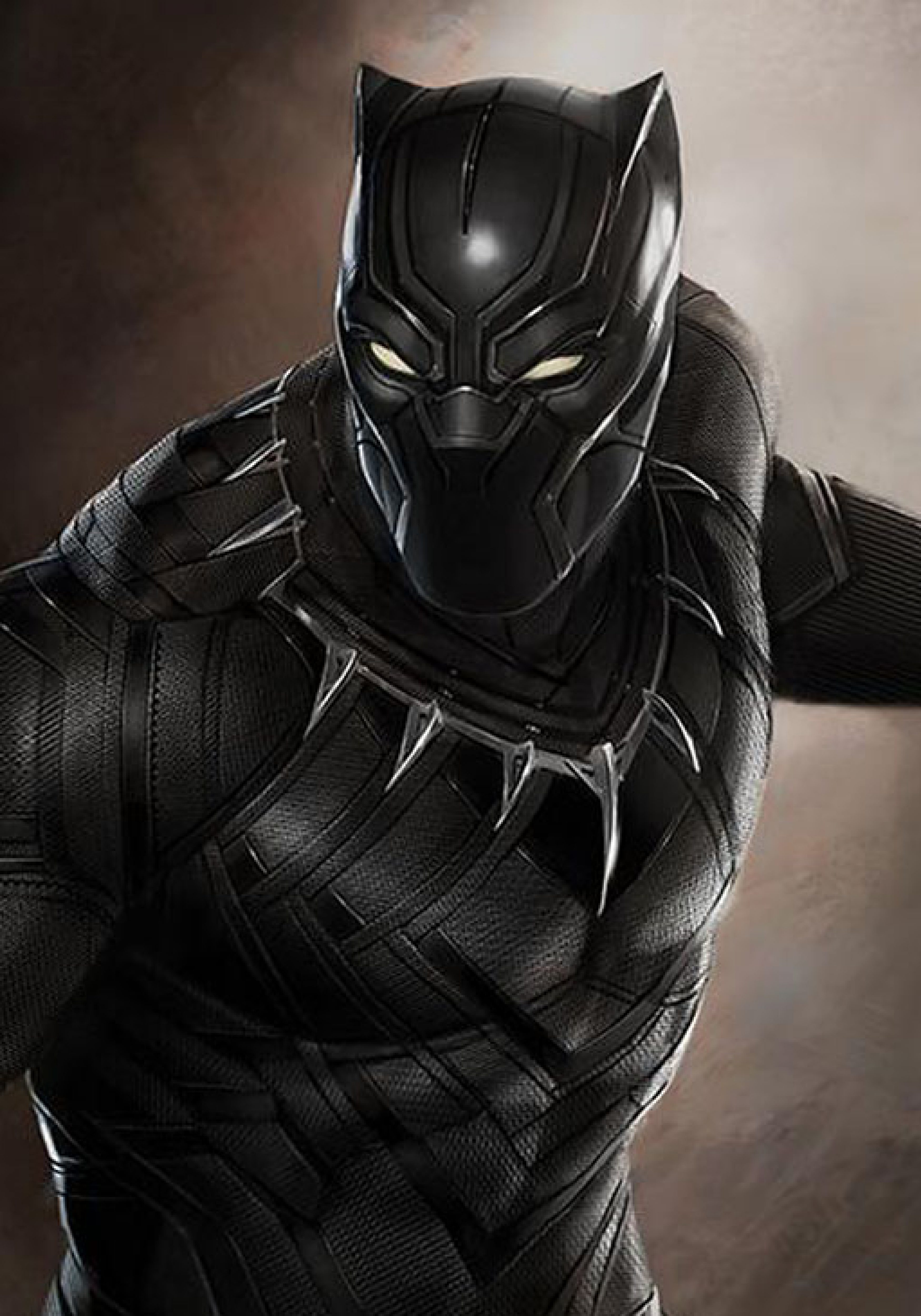
I hate crowds. So I don’t show up for opening night of the latest Tinseltown talkie.
But, eventually, I’m gonna see “Captain America: Civil War.” Why? It finally introduces a character from my tweenage fanboy days: The Black Panther.
Growing up black in the ’70s, it was hard for a guy who read encyclopedias for fun not to fall for The Black Panther, the chieftain of Marvel comics’ fictional African kingdom Wakanda. Beyond standard-issue über-human strength, speed and stamina, dude’s brain dwarfed his biceps.
The Black Panther, née T’Challa, an Oxford University-trained physicist and inventor, stood among the eight smartest individuals on Earth. In the thick of desegregation, positioning the first black superhero in mainstream American comics as a Brainiac was … revolutionary.
Nor was he alone. T’Challa ruled Wakanda, a nation on technology’s vanguard, one Marvel.com calls “a fertile ground for great leaps in what man can achieve with his mind and hands.”
Inspiring stuff.
Yet, as I anticipate stale multiplex popcorn, I taste the stale irony that for once art doesn’t imitate life.
With STEM, blacks barely get a byte. In 1970, four years after T’Challa debuted in Fantastic Four #52, 2 percent of U.S. blacks held STEM jobs. By 2011, that figure — accounting for 63 Census Bureau-classified STEM occupations — inched up to 6 percent. Whites, in contrast, held 71 percent of STEM jobs.
Florida’s college numbers mirror the dearth.
For instance, in Florida Polytechnic University, blacks comprised 7.4 percent of the inaugural 2014 class (40 students). In fall 2015, the state’s technology flagship boasted more black students (52), but its percentage slipped to 5.6.
Reasons why blacks remain A.W.O.L. in STEM, run the gamut — ranging from poor academic foundations to finances, to vestiges of Jim Crow, to “the perverse impact of university racial preferences,” suggested a recent Wall Street Journal op-ed.
Whatever factors conspire to make blacks in white lab coats as rare a sight as black country music megastars, the gap may widen.
Recently, a University of the Sciences in Philadelphia survey found that 61 percent of black high schoolers were “definitely or probably not considering a career in health care or the sciences.”
That myopia not only can hurt in the wallet — STEM jobs captured four of the top five spots on Forbes’ Top 25 Highest Paying Jobs in America list — but it also saps the strength the Great American melting pot draws from diversity and weakens our domestic tranquility.
In the March journal, American Scientist, Dr. Ashanti Johnson, an associate professor of earth and environmental sciences at the University of Texas at Arlington, notes “a highly diverse team generates more innovative ideas than a homogeneous one.”
Meanwhile, results from the third annual U.S. News/Raytheon STEM Index released this week suggest America will have to import foreign workers to satisfy its quenchless STEM thirst — particularly for critical cybersecurity posts.
Said U.S. News editor Brian Kelly: “It’s clear that we need to focus our efforts on getting more kids, particularly women and African-Americans, interested in pursuing STEM at a young age.”
Florida Poly takes that to heart. In March, it hosted Kathleen High School students for Garret A. Morgan Shadow Day, an homage to the black inventor of the traffic light. And Florida Poly’s outreach includes providing STEM experiences to K-12 students and minority groups.
Similarly, the physics department at Florida State University — where blacks account for 8.75 percent of STEM students — two years ago launched a two-year master’s program to support two minority graduate students per year in pursuit of a doctorate in physics.
Commendable efforts, if too little to feed the need.
Historically black colleges and universities’ success in producing black STEM Ph.D. holders points to HBCUs as fertile grounds for leading “the nation’s efforts to get more black individuals in these fields,” notes an American Institutes for Research study.
Johnson, among the first African-American chemical oceanographers, agrees HBCUs like Florida A&M University — which produced 9 percent of black STEM Ph.D. recipients from 2005-2010 — “are quite capable of producing more STEM graduates with more resources and opportunities, which can include public and private resources and partnerships.”
Turning HBCUs into mini Wakandas isn’t enough. Enhanced efforts are needed to educate minorities about how STEM careers “allow them to give back to their communities,” Johnson says.
As Florida squeezes technology more into the economic mix, state officials and colleges must bolster efforts to equip more blacks to pounce on those coveted STEM jobs like proud Black Panthers.
___
Former award-winning Orlando Sentinel columnist Darryl E. Owens now serves as director of communication at Beacon College in Leesburg, the first higher education institution accredited to award bachelor’s degrees exclusively to students with learning disabilities, ADHD, and other learning differences. Views expressed are his own.



